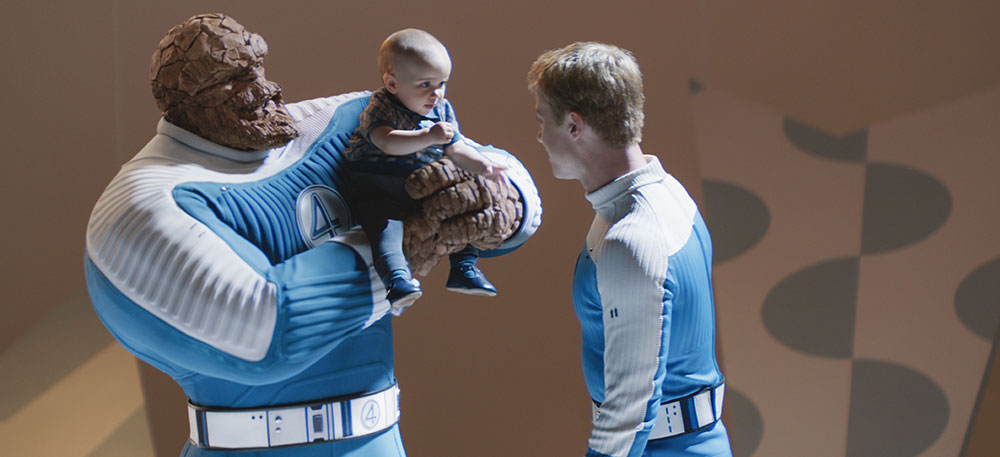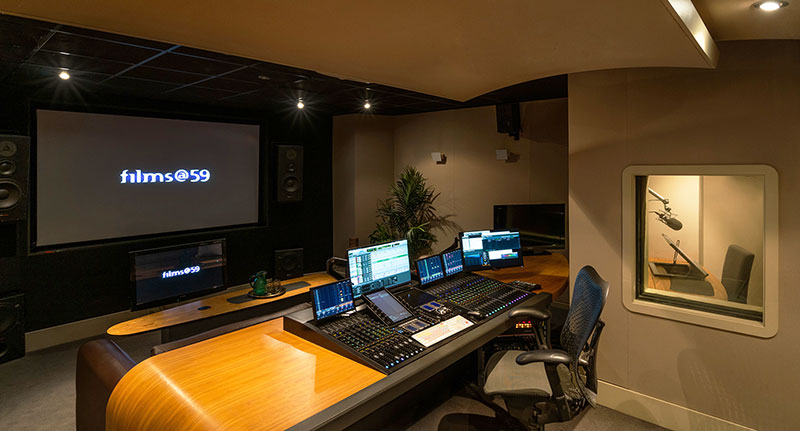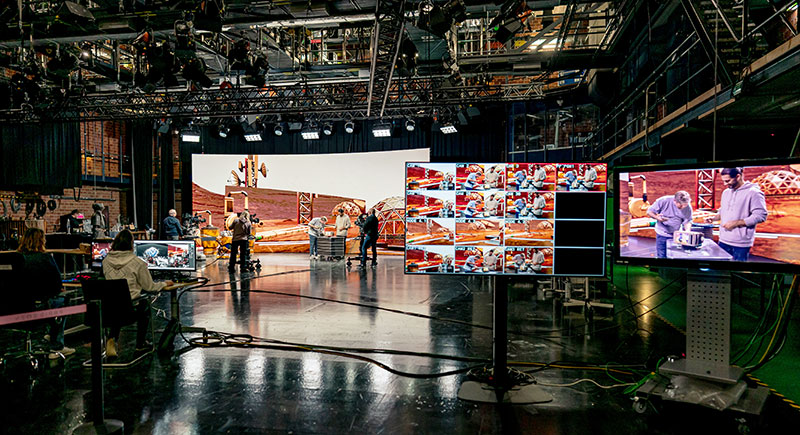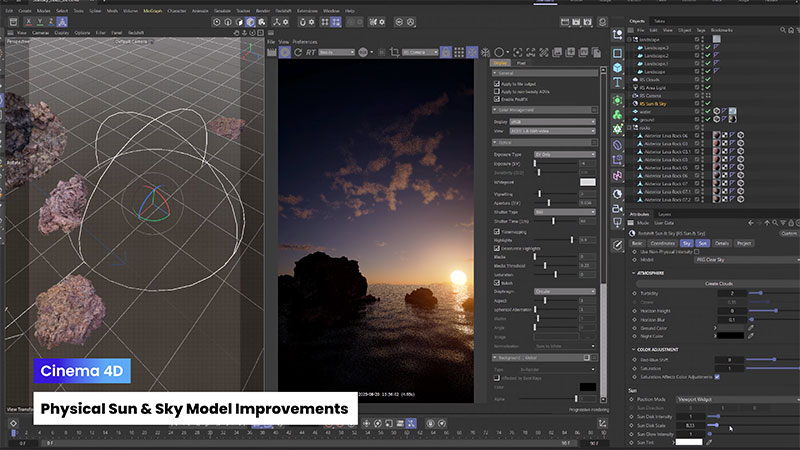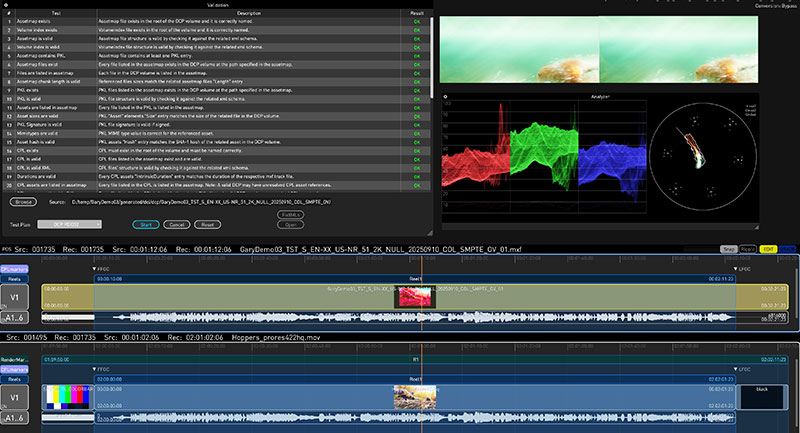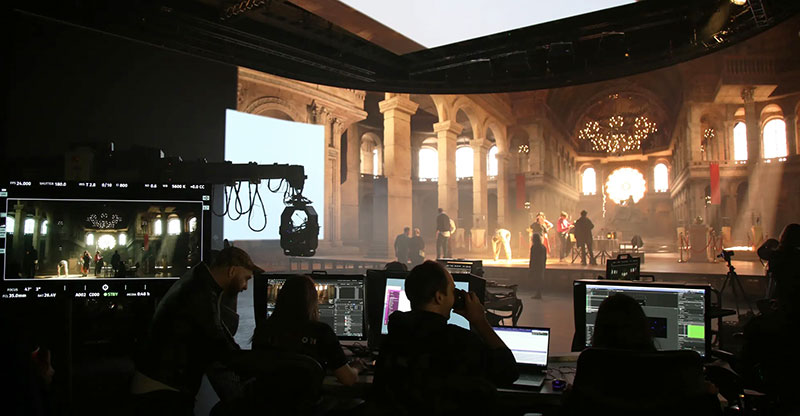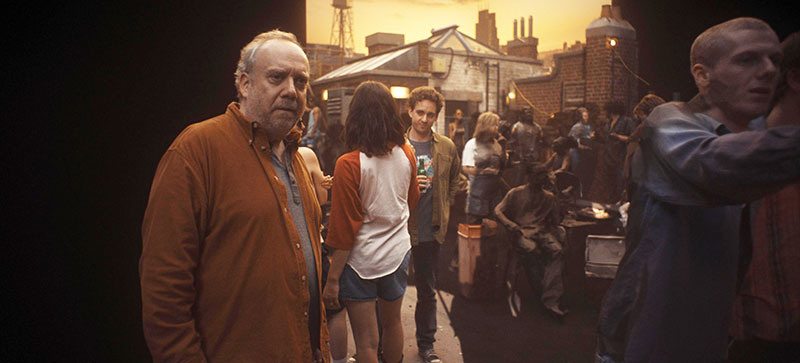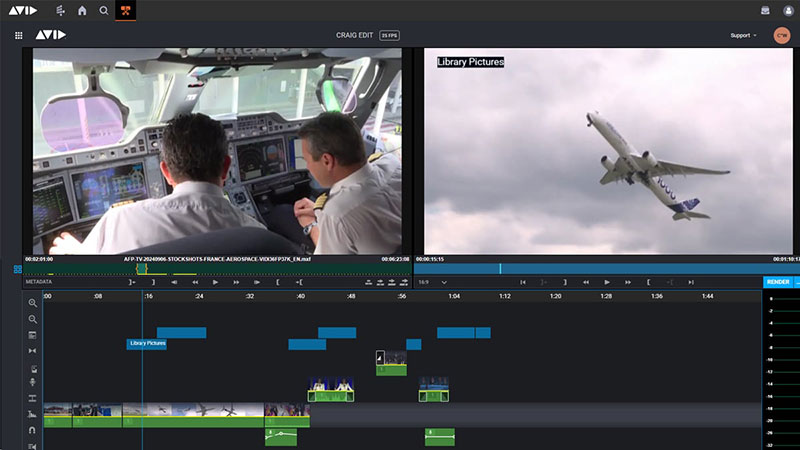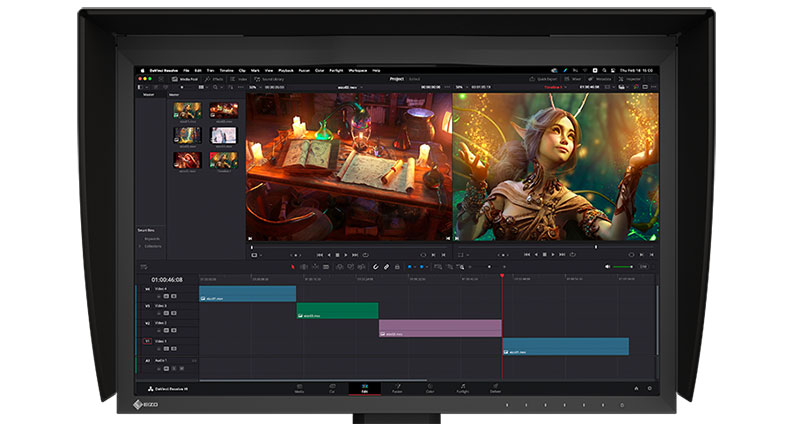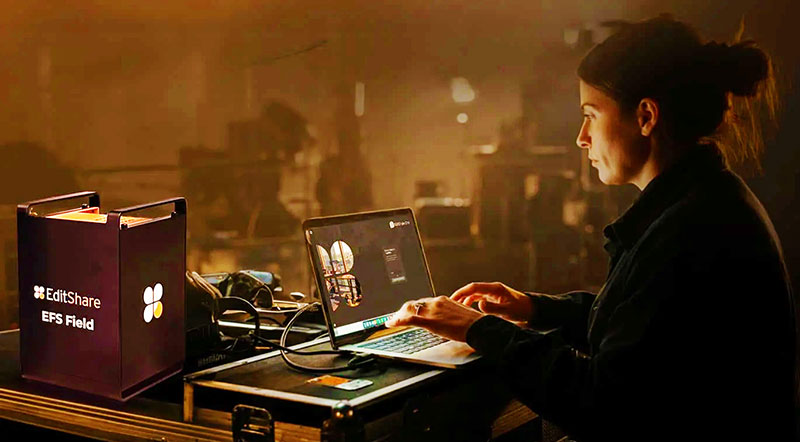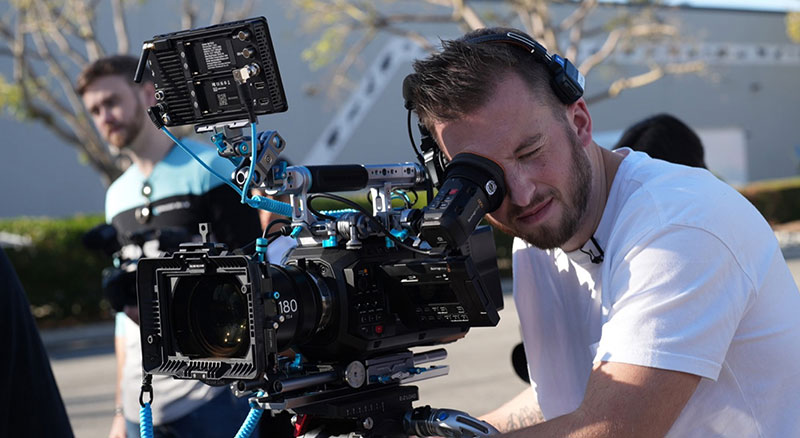DaVinci Resolve and Fusion Studio 19.1 include features to speed up and improve control over post workflows with better object mask caching, Fusion titles and simpler audio adjustments.

Blackmagic Design DaVinci Resolve 19 has undergone a series of updates to version 19.1. It includes features that speed up and improve users’ control over multi-cam, audio and visual effects workflows, including new Fusion titles and effects. It makes changes to effects handling for stereo tracks and object mask caching, and adds support for spatial photos and video.
On the edit page, a new trim slider for the audio menu of the inspector allows channels of a source clip to be trimmed independently. By trimming one or more channels at once, users can balance the audio of a multichannel recording before editing it in the timeline. With new menu actions, editors can select nearest in, out or roll edit points and, with audio ducker support, select multiple tracks to trigger ducking. This means that in a two-character shot, audio from either or both characters can be chosen to automatically trigger background noise reduction.
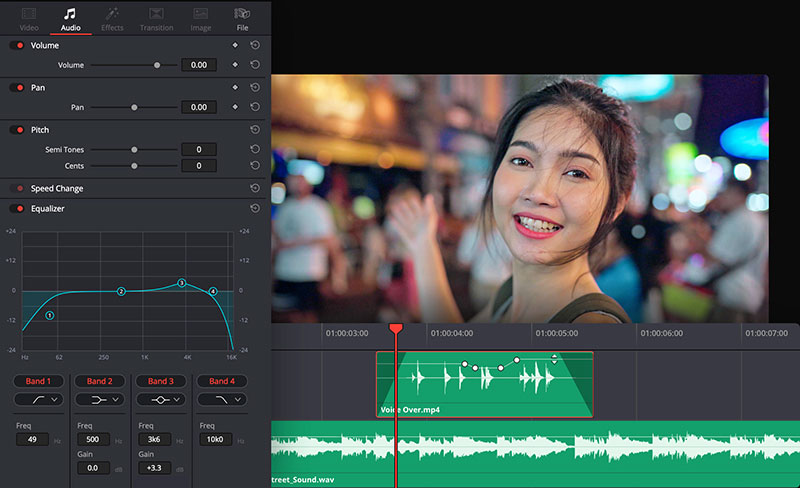
For Fairlight, various developments now make it clearer and simpler to make adjustments to audio. Tracks can now be duplicated or disabled from the track header context menu, for instance. Duplicated tracks will make an identical copy, including all media, settings and automation. Editors can also reorder tracks and busses by dragging their names in the mixer, and when trimming audio, they will now see the waveform overlays of the clip being worked on and the clip next to it.
When colour grading, the colourist can now copy the active node stack layer from timeline clips in the gallery and apply it to clips on the current timeline – in other words, copy a grade from one layer to another as a different way to create and compare different looks. For those working with a DaVinci Resolve Mini Panel, a dedicated setting in the menu now allows custom curve control points to be edited using the panel.
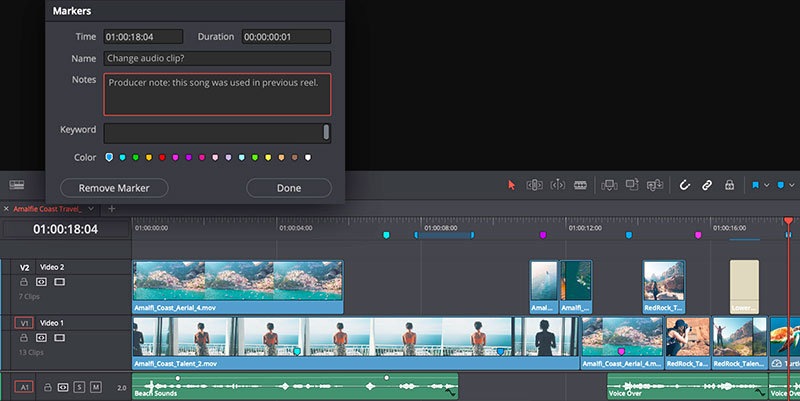
In DaVinci Resolve Studio, due to changes to object mask caching, when clips are edited prior to the object mask node, the mask will be retained. If the editor resizes, colour grades or change the order of nodes before the colour mask, the mask itself won't be affected.
DaVinci Resolve now has new support for decoding and playback of spatial photos and videos. A spatial photo is a stereo HEIC, with two images in a stereo group, stored with spatial metadata. Spatial photos and videos appear as 3D content on Apple Vision Pro, and appear 2D on other devices. Resolve’s support means users can now edit, colour grade and apply effects to this footage and render it for playback on an Apple Vision Pro.
Version 19.1 also also makes it possible to reorder jobs in the render queue, for example, when project priorities change and a file needs to be rendered more quickly. A new ability to encode 10 bit H.265 Main10 formats in DaVinci Resolve on Windows results in higher quality rendered images, and a new context menu option on the media page will now automatically sync bins from file folders.
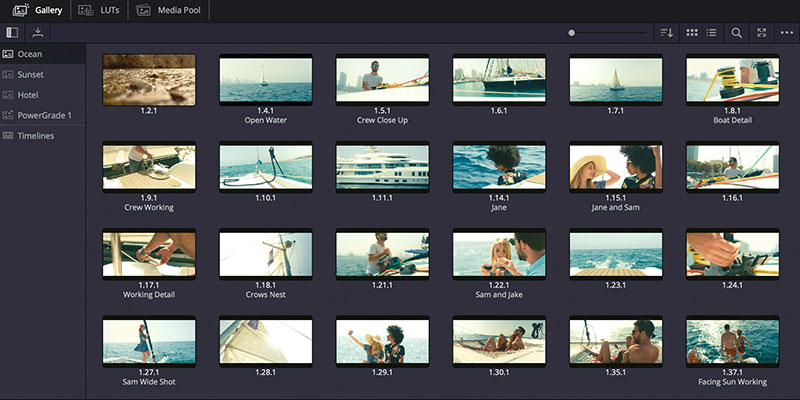
Fusion Studio 19.1 – Title Templates, USD Update, Interlaced Field Dominance
Among the new effects in Fusion Studio 19.1 are generators that help users create typical background content more quickly, such as stage curtains, a star field or gradient or radial lines.
New title templates designed to produce more interesting, eye-catching titles include those with a glass effect, rainbow style or a gradient outline.
Fusion media inputs will now respect upper or lower field dominance for interlaced footage, ensuring that the effects artists apply will display and render correctly based on the original scan pattern. Field order specifies whether the field of odd-numbered lines (the upper field) or the field of even-numbered lines (the lower field) is drawn first, affecting playback and render quality. If the field dominance is set incorrectly, visual artefacts such as combing or ghosting may appear in the video, and fast moving scenes may appear jittery or shaky during playback.

A new tool in Fusion allows USD assets and scenes to be exported from compositions, including all geometry, lighting and cameras, helping post production VFX workflows to run faster. This update also includes support for USD 24.08 with better MaterialX performance and polygon and B-spline viewer toolbar controls.
DaVinci Resolve 19.1 and Fusion Studio 19.1 are available now as a free download from Blackmagic Design's Support Centre. A complete list of new features is available here.







